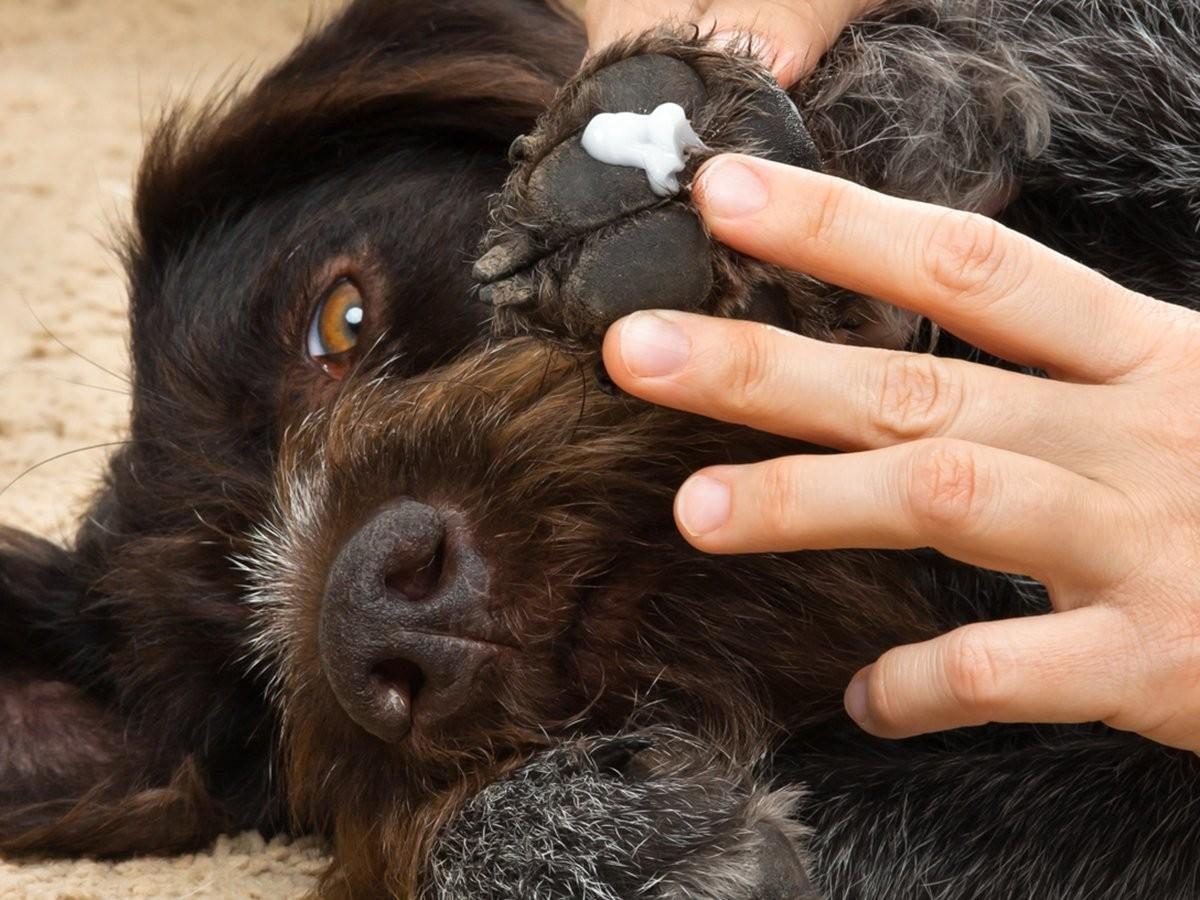Your pet's health is a top priority, and minor injuries are bound to happen. Neosporin, a common household first-aid product, might seem like a quick solution for your dog's scrapes and cuts. But is Neosporin safe for dogs? Let's explore when and how to use it, along with important safety considerations.
Understanding Neosporin and Its Ingredients
Neosporin is a topical antibiotic ointment used to prevent bacterial infections in minor cuts, scrapes, and burns. Its active ingredients include bacitracin, neomycin, and polymyxin B. While generally safe for humans, its use on dogs requires caution and a conversation with your veterinarian.
Is it Okay to Use Neosporin on Dogs?
Yes, Neosporin can be used on dogs, but only under specific circumstances and with your veterinarian's guidance.
Size of the Wound: Neosporin is only suitable for minor cuts and scrapes. Larger or deeper wounds require professional veterinary care to ensure proper healing and prevent infection.
Allergies: Before applying Neosporin, it's crucial to perform a patch test on a small area of your dog's skin. Monitor for any signs of an allergic reaction, such as redness, itching, or swelling. If any adverse reactions occur, discontinue use immediately and contact your veterinarian.
What Happens if My Dog Licks the Neosporin?
While a small amount of Neosporin ingested by licking is unlikely to cause significant harm, it's important to monitor your dog. As veterinarian Dr. Klein explains, "It's not toxic if your dog licks a small amount once, but if your dog licks it off the wound, it isn't going to help." However, ingesting a large amount of Neosporin can lead to digestive issues like diarrhea and vomiting. If you suspect your dog has consumed a substantial amount, contact your veterinarian immediately.
Can I Put Neosporin on My Dog's Broken Nail?
Yes, you can use Neosporin on a dog's broken nail. Applying a small amount to the affected area can help prevent infection. However, it's always best to consult your veterinarian for the most appropriate course of action, as they may recommend additional treatments or medications.
When to Consult Your Veterinarian
If your dog's wound is deep, gaping, or shows signs of infection (redness, swelling, pus), seek veterinary care immediately. Your veterinarian can properly clean and treat the wound and may prescribe additional medications or therapies.
Alternatives to Neosporin for Dogs
If you prefer not to use Neosporin, there are pet-safe alternatives available. Vetericyn Plus antimicrobial hydrogel is a popular choice for wound care in dogs. You can also use a simple saline solution to clean the wound. Always consult your veterinarian for recommendations on the best products for your dog's specific needs.
Key Takeaways
Neosporin can be a helpful tool for treating minor wounds in dogs when used cautiously and under veterinary guidance. Always prioritize your dog's safety by consulting your veterinarian before applying any medication and monitoring them for any adverse reactions. Remember, proper wound care is essential for your pet's health and well-being.

As Spot’s resident cat enthusiast, I am dedicated to researching and sharing information that helps pet owners take the best care of their pets. Pet ownership comes with it’s share of challenges, but my goal is to help make this journey easier.












